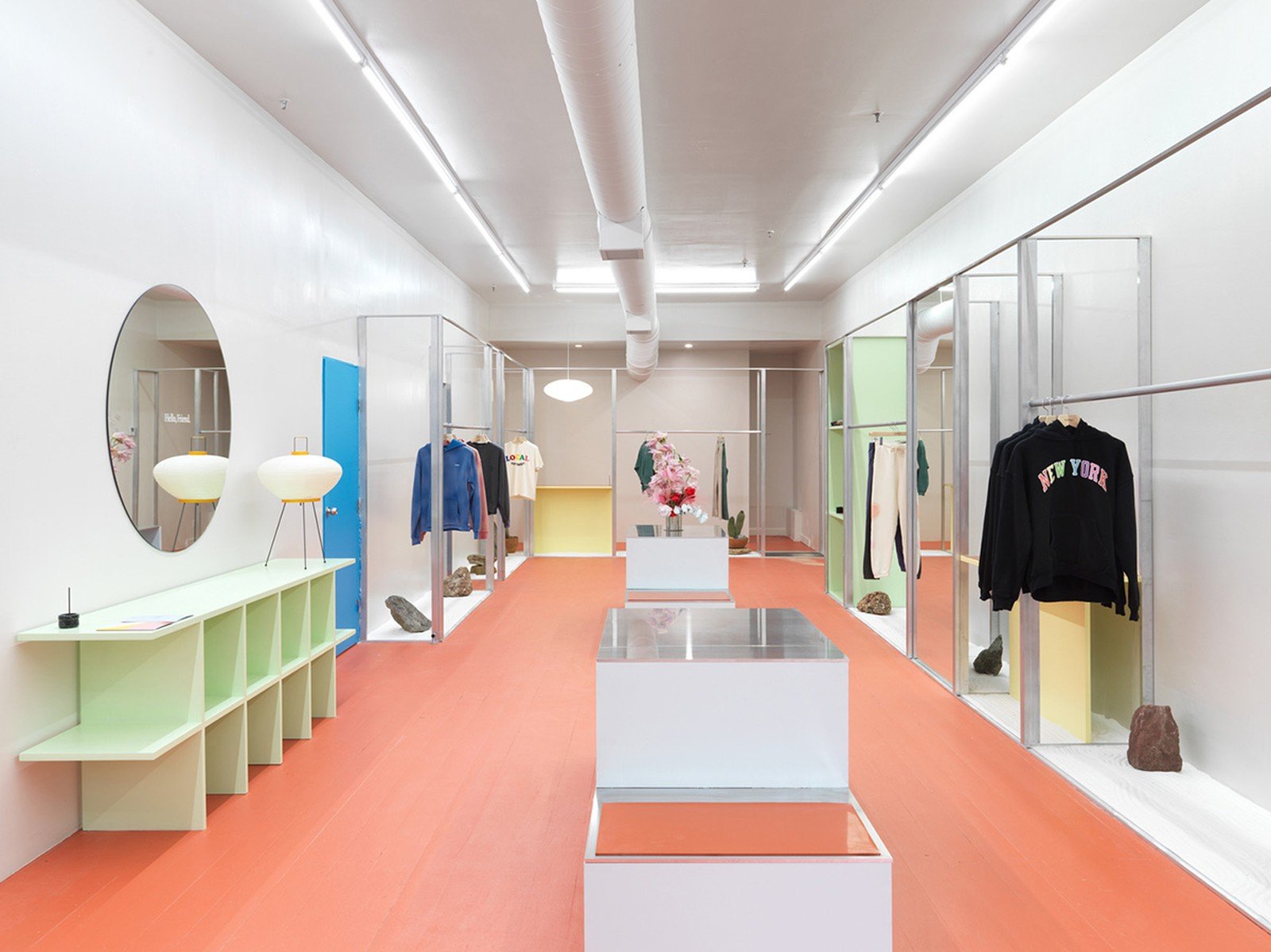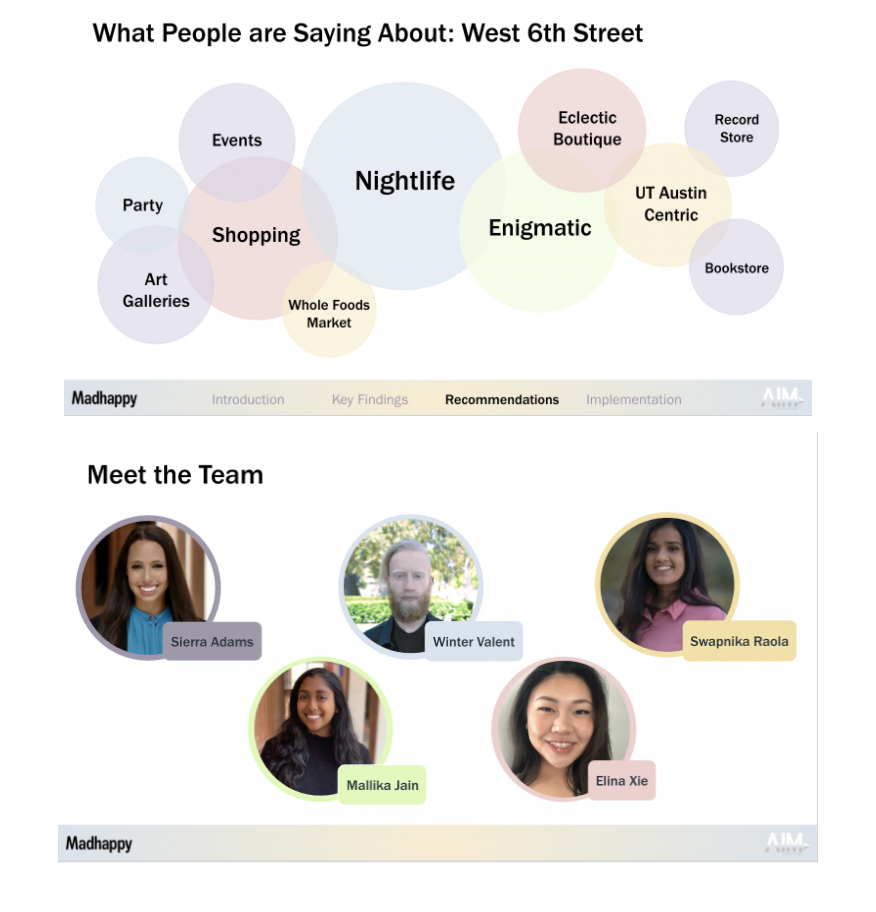Madhappy case study
Problem
What are the strengths and weaknesses of the Madhappy College Ambassador Program, and how can Madhappy restructure or improve the success of this program? In addition to this, through an analysis of Madhappy’s current figures coupled with external market research, is it feasible to expand to three or more potential new cities, and what should the tailored go-to-market strategy be for one of them?
Process
As this project was conducted during a virtual AIM consulting semester, the team of five consultants met with the cofounder and intern of Madhappy over Zoom in order to learn about the company, its goals for the project, and its general values. The team of consultants then began to conduct market research through analyzing company data and their own outside research, identified the most optimal cities for Madhappy expansion, and collaborated with the client contacts to identify which cities to target for expansion. After the semester of virtual meetings and deliverables with the client contacts and the other AIM teams, the Madhappy consulting team presented their final deliverable, accompanied with a detailed deck, over an interactive Zoom call to the client.
Solution
As a solution to the two-pronged scope, the team of AIM consultants presented their solutions in two parts. One part was during their mid-semester deliverable, which consisted of a competitor analysis of Madhappy’s ambassador program and an evaluation of the three potential cities, and the second part was during their final deliverable, which consisted of their recommendations for restructuring and improving the ambassador program, and a go-to-market strategy for the city of Austin. For the go-to-market strategy, the team provided thorough recommendations for two streets in Austin with a comparison of the two in relation to Madhappy’s brand, also providing recommendations for campaigns to run, specific micro-influencers to consider, as well as Austin-specific collaborators for food, local artists, and festivals.




